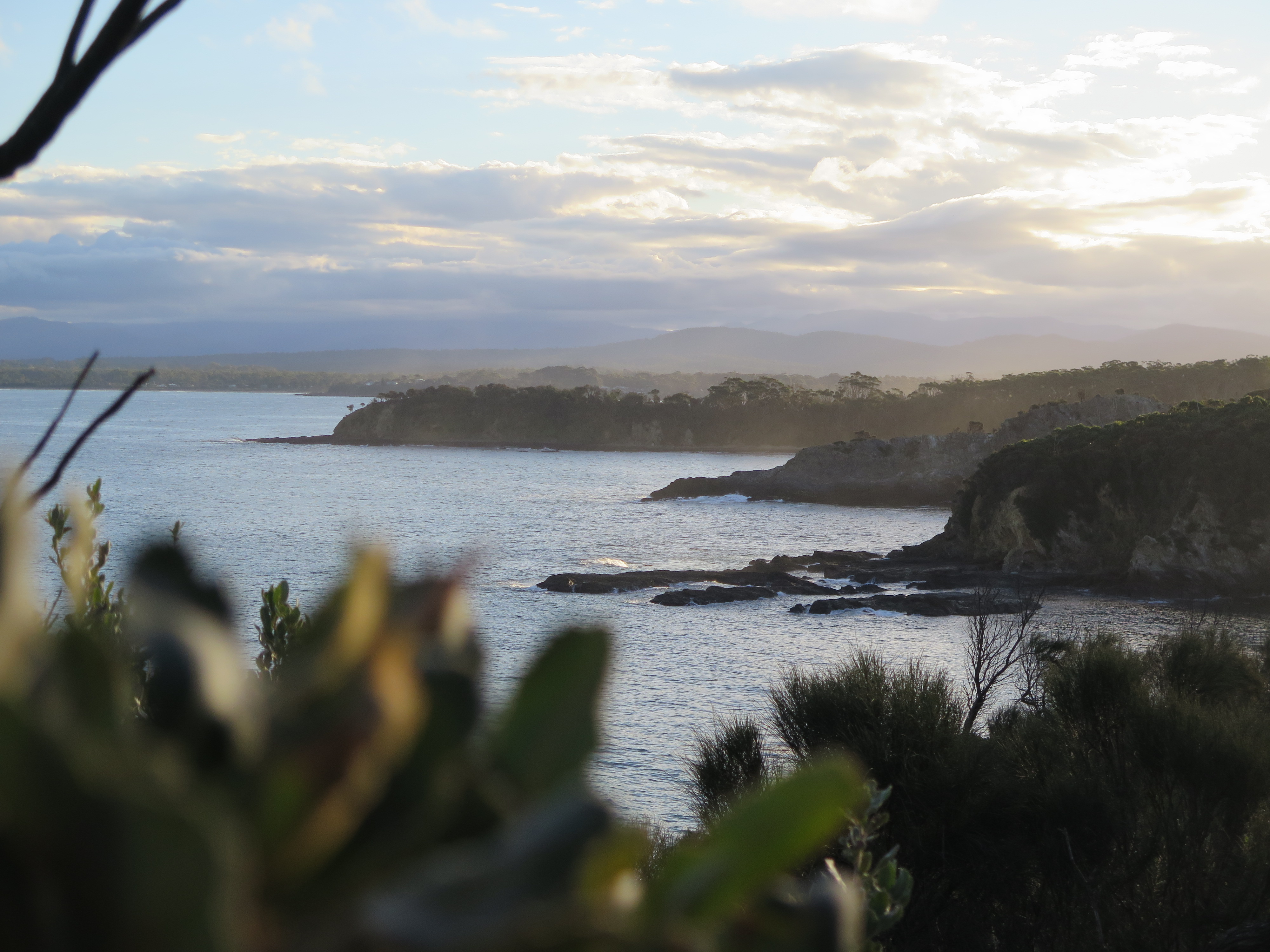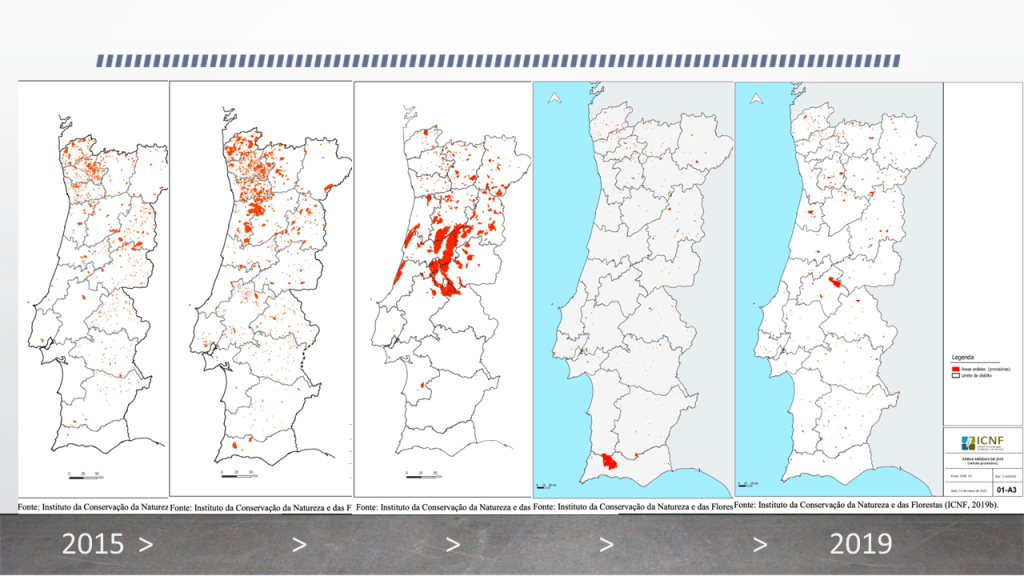
Sweden
Hälsingland
©Wikimedia Commons, Rtyse
During the summer of 2018, Sweden suffered from record-breaking temperatures and multiple forest fires which accounted together for a burned area of 25,000 hectares. This was the largest forest fire in modern times in Sweden and brought back memories of the 2014 mega-fire, which destroyed 13,100 hectares in Västmanland province. The 2018 fires hit the rural municipality of Ljusdal in central Sweden particularly hard: 9500 hectares were burned and around 200 people had to be evacuated but luckily no one died. Swedish fire defence is organized decentrally and heavily reliant on local forces. After nine days of strenuous efforts to manage the fires by local firefighters, the county administrative board of Gävleborg took over the responsibility for managing the fires from Ljusdals municipality. After several weeks of firefighting, the fires could be extinguished with international help. A strong civil engagement characterised the fire defence in Ljusdal, and support from countries but also confusion regarding who was in command of the fire extinguishing operation.
Researchers:
Lövbrand and Feine (/Mert)
Research period:
From Early 2024

Australia
Eurobodalla Shire
© Remling
The summer of 2019/2020 was the worst bush fire season in the history of New South Wales (NSW) and much of the Australian East Coast, and as a result has become referred to as the ’Black Summer’. In the state of NSW alone, over the course of a few months, 5.5 million hectares of land burned, 2448 homes were destroyed, 26 humans and around 800 million wild animals died.
After the three driest years on record, fires to burned across much of the state, many of which started from lightning strikes inland and then progressed towards the Eastern coastal regions. The situation for many local communities was catastrophic, with local, state and national agencies overwhelmed by the length, duration and scale of the fires and unable to provide much help or protection. Region particularly severely affected was the Local Government Area of Eurobodalla Shire on the Far South Coast of the state. In the aftermath of the fires, communities lacked power, fuel, food and access to telecommunication systems for days and in some cases weeks. While the fires were followed by several wet La Niña years, their impact on the environment, people and politics remains significant.

©NSW EPA
Researchers:
Remling and Feine (/Mert)
Research period:
From Mid 2023

Turkey
Akyaka
©Wikimedia Commons, Paul
In the 2021 fire season, the densely populated and touristic Southwest Mediterranean region lost 170.000 hectares of forest. This revealed the critical mismanagement and lack of planning.
Despite decreasing forested areas, the wildfires have tripled in the last 80 years.
The fires resulted in nascent community-based disaster response initiatives emerging trying to help contain the crisis. The Akyaka Disaster Volunteers was organised by residents to fight fires and became a solidarity network of 900 volunteers (villagers, urban dwellers, UNDP, academics and the military), who work on preventive measures for 2022, expanding regionally and transnationally.
Researchers:
Mert (/Üzelgün)
Research period:
From Mid 2023

Portugal
Pedrógão Grande
©Wikimedia Commons, MI Freire
The summer of 2017, Portugal faced the worst wildfires in its recent history. On the 17 June 2017 in Pedrógão Grande, 66 people lost their lives, 250 were injured, and over 1000 buildings were destroyed or damaged.
All over Portugal 30.000 fires, some of which were megafires, claimed 540.000 hectares of forestland in the same year, which is 250% above the annual average. This can be connected both to the droughts impacting the region and to the unprecedented fire behaviour, the rate of spread and fireline intensity. More than 120 people were lost in 2017 overall, transforming the wildfires into a human tragedy with political consequences. After the events exposed the vulnerability of the country’s emergency rescue and civil protection structure, the Interior Minister de Sousa resigned.
The Association of Victims of the Pedrógão Grande Fire has been founded in the aftermath of the tragedy. Its mission is to defend the rights and legitimate interests of the people affected by the 2017 Pedrógão Grande fire, to pay tribute to the dead and injured victims, and to promote measures to prevent and avoid the occurrence of similar circumstances in the future.

Researchers:
Üzelgün (/Behagel)
Research period:
From 2023

Brazil
The Pantanal
©Wikimedia Commons, Rodrigo Lobato
In 2020, the Pantanal – the largest wetland in the world – experienced an unusual drought and extreme temperatures, followed by wildfires that burned down roughly a quarter of the whole biome. The smoke travelled over 1500 km to São Paulo and Rio de Janeiro, causing black rains.
While climate change is a driver of the droughts, land-use change from ‘natural’ to agricultural lands and intentional burning are also important reasons for increased fire intensity. At the same time, the new Brazilian government is stepping up action against deforestation as well as monitoring and control of wildfires.
The Pantanal extreme wildfire event of 2020 touched various communities (from special plant and animal species to Indigenous peoples, and from conservation and tourism sectors to farmers), causing sadness and feelings of loss for all those who feel proud and even patriotic about the Pantanal as a unique natural biome. Wildfires continue to threaten the unique wetland region today.


Researchers:
Behagel (/Üzelgün)
Research period:
From 2023
